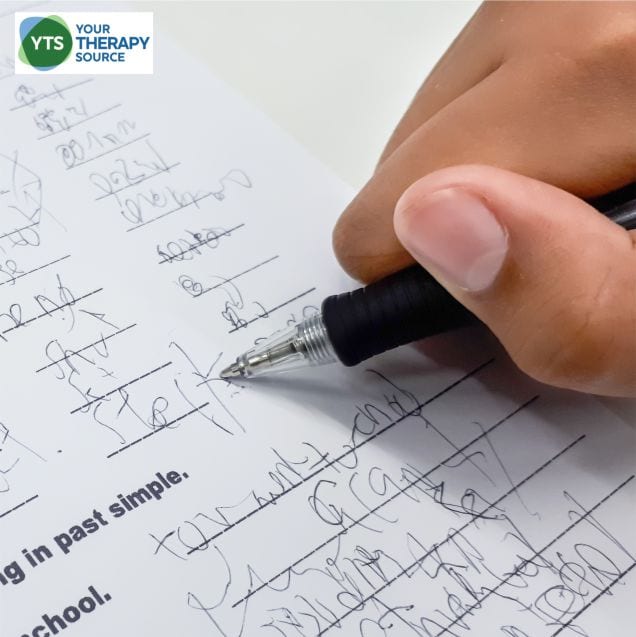Handwriting Difficulties in Students with Learning and Motor Coordination Disorders
Handwriting is a fundamental skill crucial for academic success and self-expression. However, for students grappling with neurodevelopmental disorders such as Developmental Coordination Disorder and Reading Disorder, handwriting can pose a significant challenge. These conditions not only affect the physical act of writing but also intertwine with cognitive processes, making tasks that many take for granted—like […]






